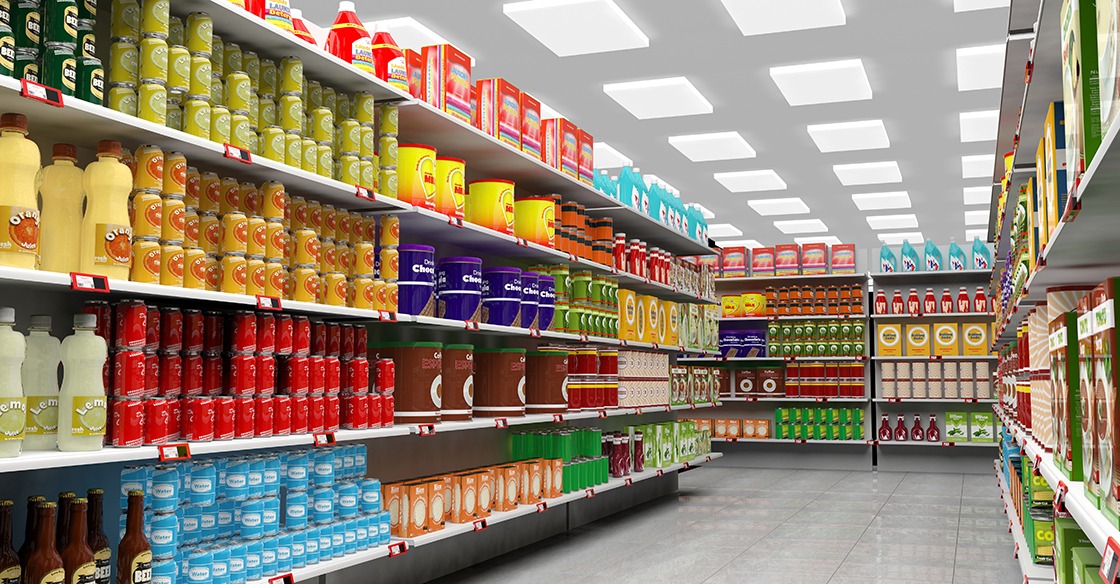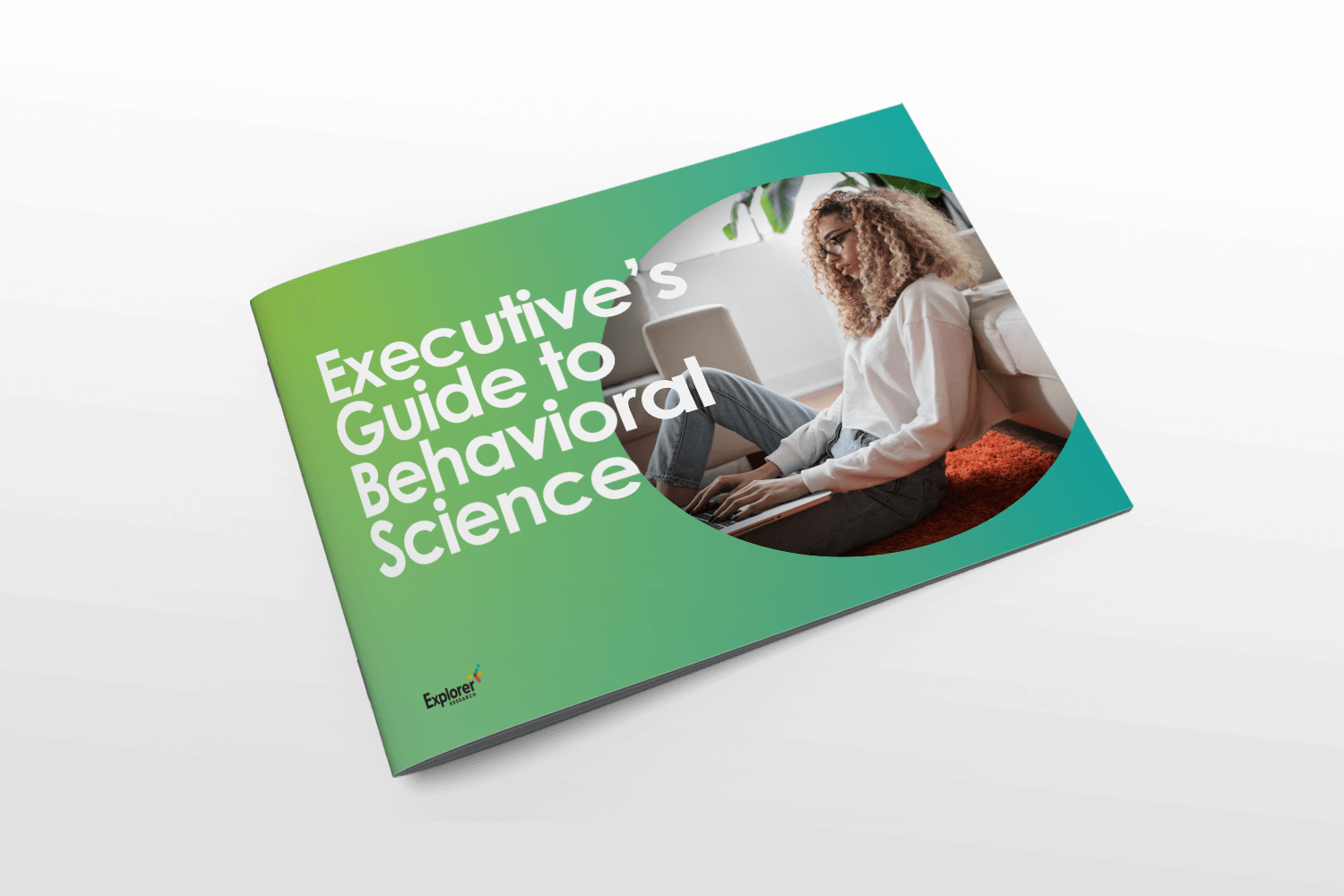In a post-pandemic world where retailers have shifted their focus to online shopping models, visualization is imperative in generating sales within storefronts. It’s critical where items are placed on a shelf, where that shelf is located and where these things are in reference to other items within the store. A planogram is a visualization of exactly this; essentially, it’s a diagram or model of the items, products or services a store has on display. Planograms are a strategic tool to help maximize sales of key items and create an optimal layout to maximize retail space.
Designing for the Consumer
While planograms create a standardized order of product placement, they also require a general knowledge of different consumer behaviors. When building a planogram, there are four generalized “types” of shoppers to consider. These will help maximize sales by catering to individual shoppers’ needs as well as give insight into their mindset while they are naturally looking for specific items.
Grab ‘n Go: These customers want to find things quickly and need a smaller assortment of items to choose from, with more of the targeted products facing them.
Discovery: These customers have more time to shop and explore new things, but they still want to be efficient. They desire a greater variety of items and more niche products.
Considered: Although considered customers also have more time to shop and want to be efficient, they need a smaller assortment to avoid shopper frustration and spending an unnecessary amount of time shopping.
Impulse Buying: Impulse buying customers want to find things quickly and therefore need a simplified assortment of key products.
Planograms In Action: How Does a Planogram Cater to Different Types of Shoppers?
Planograms are especially useful for big-box retailers or grocery stores that carry many products (and product categories) from a multitude of suppliers and have a lot of space to fill. While everyone wants their shopping experience to be easy and effective, each shopper mindset requires a different planogram. Although one planogram will not be effective for all types of shoppers, defining your categories and catering to shoppers’ mindsets that are most relevant to those categories will help you build the most effective planogram. For example, stores may display less merchandise to encourage customers to engage and interact with key products while others may choose to display a wide variety of well-organized product for shoppers to look through. The type and amount of detail in a planogram will depend on how big the store is and how many products they carry.
Building A Planogram:
Once a category has been determined, there are several principles to keep in mind when designing the ideal planogram:
1. Keep items at eye-level. According to eye tracking technology research, shelves at eye level tend to receive the most attention. Lower shelves tend to have poor lighting, recessed packaging and visual blocks thus reducing the attention paid to them.
- Stick to the right side: Generally speaking, we as humans have the natural tendency to look right, or go right, when making decisions. Take advantage of this natural tendency and place innovative or strategic products to the ride side of landmark products.
2. Establish landmark products. Popular, or landmark, products should be dispersed throughout the shelf space. Shoppers tend to naturally gaze in a tight “Z” pattern, starting with the landmark products, so this strategy will attract shoppers to gaze at more of those products and increase impulse buying probability.
- Try to position landmark products to create a blocking strategy that will influence the gaze towards specific, less known or new products.
3. Establish category drivers. Arrange key category drivers, or products that establish your main category, in the center of the display space so that products needing high visibility can take advantage of shoppers’ natural “Z-gaze.”
4. Think vertically. Try to place products vertically on several shelves rather than horizontally across one shelf. Vertical blocks can be used to draw attention to a greater number of items.
5. Adjacencies. Some products can have a distinctly positive or negative impact on the performance of specific items and even the entire shelf. Consider product adjacencies and how they affect the shopping experience and sales.
6. Chunking.
- Layout Chunking: Where shelving layouts deviate from straight lines with clear paths, consider how the area is “chunked.” Which displays and setups will consumers chunk together and which chunks will they pay more or less attention to?
- Sign Chunking: Consider how signage may impact how shoppers “chunk” the shelf. Some placements may chunk sections in less advantageous ways and create barriers that automatically deselect products.
7. Focus. A more focused assortment of products can often be beneficial financially and behaviorally. Products are easier for customers to find thereby increasing purchase rates.
Time will tell whether or not your planogram is efficiently working to better direct consumer behavior and increase sales. The goal is to learn how product placement impacts purchase behavior in order to create a strategy to capitalize on sales opportunities. Once shelf space is optimized for the best outcome, you’ll also be able to identify the highest-converting locations in the store, so you can put merchandise there that you want to prioritize. Not only will shopper needs be better satisfied, but so will your profits. If you’d like to ensure your planogram is working effectively to increase sales, contact us!
Ready for a deeper understanding of the consumer decision-making process? Check out our Executive Guide to Behavioral Science below!
Explorer Research applies behavioral science to research methods, with an emphasis on in-situation testing to help clients uncover insights related to packaging, advertising, media, customer experience, and user experience. Using an array of conscious and nonconscious research measures, including eye-tracking and VR, Explorer Research helps their clients understand, predict and influence consumer behavior. Follow us on Twitter or LinkedIn.



